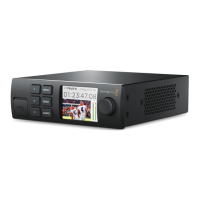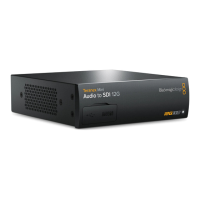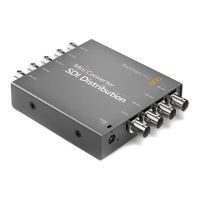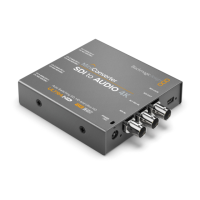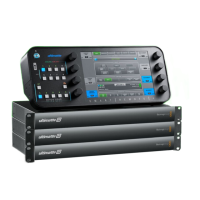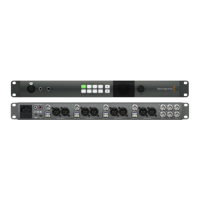Getting Started with Conversion
7
Aspect Ratio Conversion
Teranex supports a wide range of aspect ratios, including variable and fixed aspect ratios. Also included
is the proprietary Smart aspect that warps images from 4:3 to 16:9 without visible stretching of the center
action area of the image that normally occurs.
Noise Reduction
Adjustable noise reduction controls offer a greater degree of temporal recursive noise reduction with fewer
artifacts. A bias control allows the aggressiveness to be fine-tuned. For filter performance testing, a Red
Overlay can be applied that will color pixels red that are in motion.
Frame rate Conversion
Moving images exist in three dimensions. Firstly, in the horizontal direction, images are made up of
individual pixels. Secondly, in the vertical direction, they are made up of the lines contained in the field
or frame. The combination is referred to as the spatial domain. Thirdly, the motion image is composed
of a number of fields or frames per second, which is referred to as the temporal domain.
The process of frame rate conversion, also known as standards conversion, is a form of sample rate
conversion in two or three of the above dimensions. It consists of expressing moving images sampled
on a three-dimensional sampling lattice to a different three-dimensional lattice.
Frame rate conversions generally involve changing the number of lines and fields (or frames) per second
in an image. Examples of standards conversions include: 486i59.94 to 576i50; 720p59.94 to 1080i50;
1080i59.94 to 1080i50.
Teranex uses a process called linear interpolation to convert between these various spaces. Interpolation is
defined as computing the value of a sample, or samples, which lie outside the sampling matrix of the source
signal. In other words, it is the process of computing the values of output samples that lie between the input
samples. Teranex processing allows for the processing aperture to be adjusted to provide the optimal result.
Clean incoming source material in real time as a result of
Noise Reduction.
Before Noise Reduction
After Noise Reduction
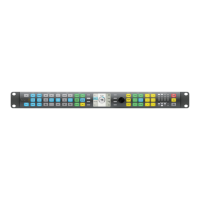
